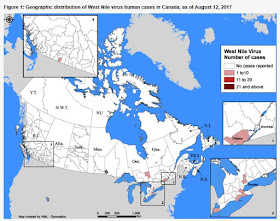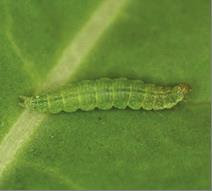We wish everyone 'Good Luck' with the rest of the growing season and thank the many people who have been busy monitoring in fields! The provincial entomologists, their many staff and cooperators, plus our AAFC Staff are all thanked for their ongoing efforts! Watch the Blog for the annual risk and forecast maps in January and the Weekly Updates will be back in 2018.
Please access the Weekly Update for August 24, 2017 (Week 17), as either a series of Posts or a downloadable PDF.
Questions or problems accessing the contents of this Weekly Update? Please e-mail either Dr. Owen Olfert or Jennifer Otani. Past “Weekly Updates” can be accessed on our Weekly Update page.
Subscribe to the Blog by following these three steps!


























